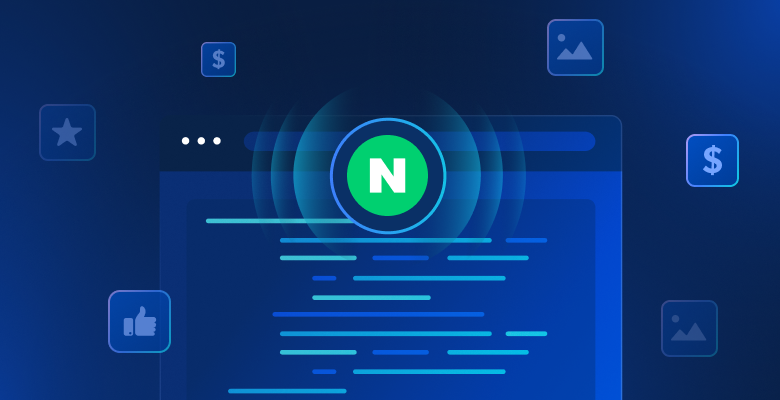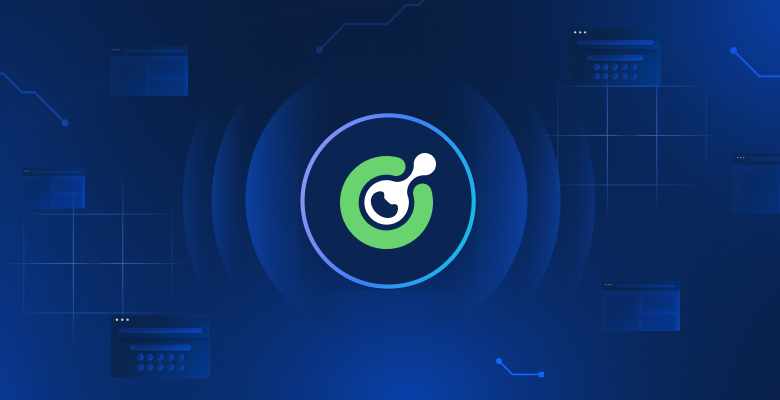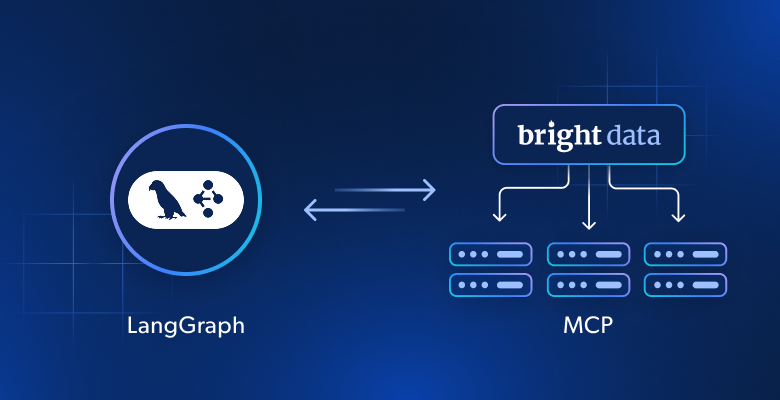In this article, we will discuss:
- What is qualitative data?
- Key differences: qualitative data Vs. quantitative data
- Qualitative open-source Datasets that businesses are collecting
- Top qualitative data collection methodologies
What is Qualitative Data?
Qualitative data explores the complex layers of human experience, focusing on the ‘why’ and ‘how’ behind observable actions and trends. It collects insights through narrative data like opinions, motivations, and emotions, offering a nuanced understanding that numeric data can’t capture. This type of data excels in revealing the context, depth, and intricate patterns of human behavior, making it indispensable for comprehensive analysis. By examining spoken or written responses, qualitative data uncovers the subjective experiences and societal dynamics influencing individuals and groups, providing a rich foundation for informed decision-making and strategic planning.
Key Differences: Qualitative Data vs. Quantitative Data
Quantitative data is information that can be quantified in numbers such as:
- How many shares, likes, and followers a social media influencer has
- How much a stock or product price has fluctuated
- How many new subscribers/downloads an app has
- How much time does it take for an eCommerce consumer to make a positive purchase decision
As you can see, the answers to these questions are numeric-based and very concrete.
Qualitative data, on the other hand, gives you context, and a clear narrative of what is going on in your industry, such as:
- How do consumers feel about a brand or product on social media?
- What is the sentiment on discussion forums regarding the current market value of a specific stock?
- How are consumers responding to competitor marketing campaigns?
- Are search queries highlighting buyer concerns about certain products?
As you can see, these are more abstract ideas that can help inform business strategists, as well as decision-makers.

Top Qualitative Data Collection Methodologies
Qualitative data collection has long been understood and approached from an active standpoint, i.e., conducting interviews, organizing focus groups, and distributing questionnaires. This article argues for a more ‘passive’ approach to web data collection methods, including:
Interviews
Interviews stand as a fundamental aspect of qualitative research, offering nuanced insights into individual perspectives through various formats, from structured with predetermined questions to unstructured, allowing open-ended discussions. This variability ensures a flexible approach to deeply exploring subjects, catering to the specific objectives and nuances of each study. By carefully designing interview questions and creating an environment conducive to open communication, researchers can uncover rich, detailed insights into participants’ thoughts, feelings, and experiences.
Focus Groups
Focus groups convene a small, deliberately selected group to discuss and deliberate on specific topics, making it an invaluable tool for capturing a diverse array of viewpoints. This interactive setting encourages participants to express their thoughts freely, fostering an environment where consensus and differing opinions can be explored in depth. The dynamic nature of focus group discussions often leads to the discovery of new insights and perspectives, providing a multi-faceted understanding of the subject matter at hand.
Observations
Observational research immerses the researcher in the natural environment of the subjects without any direct interaction, allowing for the capture of behaviors and interactions as they naturally occur. This passive approach is crucial for gaining a genuine understanding of participants’ actions in real-world settings, offering insights that might remain concealed in more direct research methods. Observational studies can range from highly structured to more open and exploratory, depending on the research goals.
Case Studies
Case studies offer a deep dive into a particular instance or scenario, providing a comprehensive analysis of a single situation or subject. This method is particularly effective for exploring complex phenomena within their actual context, allowing researchers to gain a thorough understanding of the factors at play. Through the detailed examination of case studies, researchers can extract lessons and insights that are applicable to broader contexts.
Ethnography
Ethnography represents an immersive approach to studying cultural and social groups, involving extended observation and participation. This method allows researchers to deeply understand the norms, values, and dynamics that underpin specific communities, providing a rich, insider perspective on behaviors and beliefs. Ethnographic research is characterized by its long-term commitment and holistic view of the subject matter, offering invaluable insights into complex social phenomena.
Content Analysis
Content analysis systematically examines communication through texts, media, and other artifacts, aiming to interpret and quantify societal trends, themes, and meanings. This versatile method adapts to various data forms, including traditional media and digital content, enabling researchers to analyze and draw conclusions from vast amounts of qualitative data. Through content analysis, researchers can identify patterns, sentiments, and discourses, contributing to a deeper understanding of the cultural and social landscape.
Buying ready-to-use Datasets
Accessing pre-curated datasets from third-party providers can save time and resources. These datasets offer rich, ready-to-analyze qualitative data, spanning various subjects and fields, providing a quick start to research projects.
Web Scraping Tools
Web scraping automates the extraction of relevant data from websites, making it an efficient method for collecting qualitative information at scale. This tool is particularly useful for tracking trends, sentiments, and public opinions over time. Bright Data offers the ultimate web scraping tool for projects of any size.
Public Qualitative Data Use Cases
Here are some of the top qualitative Datasets that businesses are currently collecting:
One: Social Sentiment
Social media could be a great place to gauge sentiment regarding a brand or product. By collecting and analyzing user posts, and group discussions, companies can discern a lot about target audience proclivities.
For example, ‘How do consumers in a certain area/age range feel about a brand, and what can be done to shift perception?’ E.g., A company perceived as polluting the environment may want to pivot to greener production methods, packaging, branding, as well as marketing tactics.
Automated LinkedIn scraping, on the other end of the spectrum, can shed light on the ‘sentiment’ of employees and executives at competing companies. This can help Human Resources better recruit while improving the corporate culture for employee retention, for example.
Two: Reviews and Discussions
‘The review economy’ relies largely on peer-to-peer experience sharing.
- Whether a traveler is looking for a hostel to stay at
- A shopper trying to gauge the reliability of a vendor on a marketplace
- Or a user considering the utility of downloading a new mobile app.
Almost every single activity, especially in the world of digital economics, has some form of peer review, discussion, or feedback being generated.
For example, ‘What do real users think of a travel web site’s user interface, and what can be done by a Venture Capital (VC) firm looking to create value add?’ E.g., A travel site whose users perceive the system as clunky and buggy presents an opportunity for VCs to swoop in, fix what’s broken, and generate a handsome profit.
Three: Trends (search, shopping)
Trends may include what people are looking for on search engines and how they are phrasing their search queries. For example, ‘How bad is taking Advil for your kidney heath?’ is a search question that spotlights patient concern over the long-term effects of headache medication on their body’s health. A medication producer may want to then use this information and preempt consumer concerns vis-a-vis marketing campaigns and informational branding/packaging. Or by sponsoring academic research into the matter.
Four: User Engagement
User engagement may include following the number of downloads of a certain Google Chrome extension for your company’s offering as well as for competing entities. This can be accomplished by mapping out user engagement on different web stores or Click-Through Rates (CTRs) on competing websites. Companies can then work to utilize this information to increase their market share in terms of:
- Traffic
- Downloads
- User engagement / retention
Basing their decisions on qualitative user engagement-driven insights.
Conclusion
The article details qualitative data collection methods and their applications. It discusses conducting interviews, focus groups, and using observations to gather deep insights. Additionally, it introduces modern techniques like accessing pre-collected datasets and employing web scraping tools for efficient data collection. These methods are essential for understanding public sentiments, trends, and user behaviors, providing valuable information for making informed decisions.
Bright Data offers the ultimate package of data collection services. Interested in finding the perfect solution for your business?





